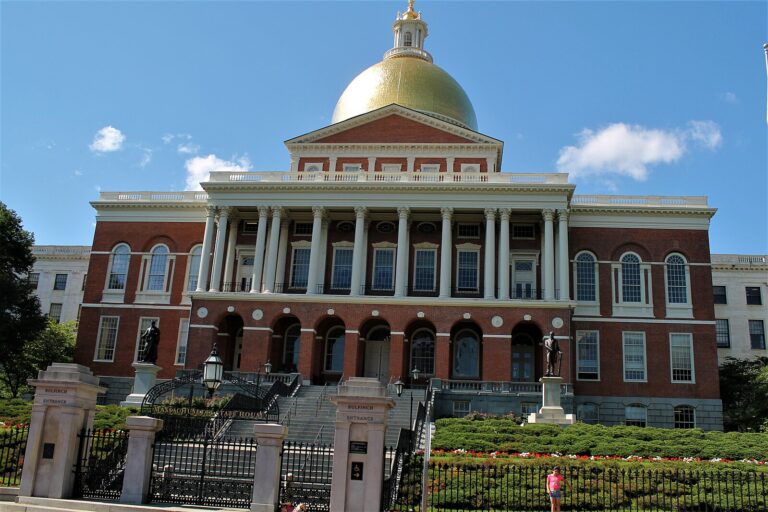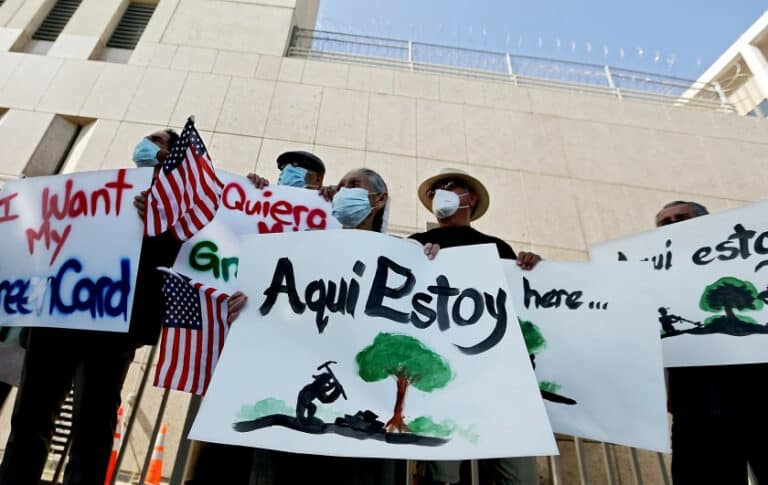
Andrew Strom is a union lawyer based in New York City. He is also an adjunct professor at Brooklyn Law School.
People have been writing the obituary of the labor movement at least since the 1980s. These doomsayers fall into two camps. One the one hand, there are those who are eager to squelch worker power. A typical example is Virginia Foxx, the new Chair of the House Education and the Workforce Committee, who recently grabbed headlines when she asserted that organized labor had “sort of lost its reason for being.” Representative Foxx has never shown any interest in improving the lives of workers, so her comments are like a rabid Yankees’ fan predicting a bad year for the Red Sox. Of course, she’s not just a “fan,” she holds a position of power where she will undoubtedly try to make it harder for workers to bargain collectively.
But, at the moment, I’m more interested in the other critics – the labor partisans who argue that a new model is necessary to reverse labor’s long decline. Academics and outside observers have long tried to garner attention by promoting a shiny new toy that would replace the existing labor law regime. But it is more notable when a successful labor leader like David Rolf makes the same case. Rolf, a savvy strategist, who heads a home care workers’ union in Washington State, was one of the driving forces behind a successful ballot measure that dramatically raised wages and won paid sick leave for thousands of workers in SeaTac, where Seattle’s airport is located. Even though the Fight for Fifteen in Seattle could never have succeeded without support from unions that were the product of collective bargaining, Rolf is now going around the country arguing that collective bargaining is dead and unions need to find something new to replace it. In a post on this blog, Rolf set up a straw man by criticizing the status quo as based on “enterprise bargaining.” Elsewhere, Rolf suggested that we need a new model to promote geographic and/or sectoral bargaining. While it’s true that under current law, multiemployer bargaining is voluntary, unions already have a long history of engaging in geographic and/or sectoral bargaining. In some cases this has happened through formal multiemployer associations, while in other cases it happens informally on a de facto basis, but wherever unions have been successful, whether it is hospital workers in New York, supermarket workers in California, hotel workers in Las Vegas, or office cleaners in two dozen cities, this is what unions do now. And it’s not just in “legacy” industries. In fact, just this month, my union, SEIU Local 32BJ, reached a first contract with eleven employers covering over 7,000 workers at New York City’s three airports. Furthermore, even bargaining with a single employer can make a huge impact if the employer is large enough. For instance, the Teamsters represent over 250,000 workers who are employed by UPS. And if there were a successful campaign to organize Wal-Mart, that would cover over one million workers.
There’s no doubt that unions need to figure out how to organize on a much larger scale. And if someone comes up with a plan to accomplish that, I’m all in. But passing a series of local ordinances is no substitute for collective bargaining. A law that raises wages is great, but no government has the resources to police every workplace to ensure compliance with labor standards. This is why independent investigators have often found widespread violations of labor and employment laws. And apart from minimum wage hikes, cities have only passed pro-worker legislation in places where unions have used their existing organizational strength to push for those laws. I have yet to see an alternative model that would effectively promote large-scale, self-funded organizations that are controlled by workers. And until someone comes up with that model, collective bargaining is still the best hope for workers.






Daily News & Commentary
Start your day with our roundup of the latest labor developments. See all
July 1
In today’s news and commentary, the Department of Labor proposes to roll back minimum wage and overtime protections for home care workers, a federal judge dismissed a lawsuit by public defenders over a union’s Gaza statements, and Philadelphia’s largest municipal union is on strike for first time in nearly 40 years. On Monday, the U.S. […]
June 30
Antidiscrimination scholars question McDonnell Douglas, George Washington University Hospital bargained in bad faith, and NY regulators defend LPA dispensary law.
June 29
In today’s news and commentary, Trump v. CASA restricts nationwide injunctions, a preliminary injunction continues to stop DOL from shutting down Job Corps, and the minimum wage is set to rise in multiple cities and states. On Friday, the Supreme Court held in Trump v. CASA that universal injunctions “likely exceed the equitable authority that […]
June 27
Labor's role in Zohran Mamdani's victory; DHS funding amendment aims to expand guest worker programs; COSELL submission deadline rapidly approaching
June 26
A district judge issues a preliminary injunction blocking agencies from implementing Trump’s executive order eliminating collective bargaining for federal workers; workers organize for the reinstatement of two doctors who were put on administrative leave after union activity; and Lamont vetoes unemployment benefits for striking workers.
June 25
Some circuits show less deference to NLRB; 3d Cir. affirms return to broader concerted activity definition; changes to federal workforce excluded from One Big Beautiful Bill.